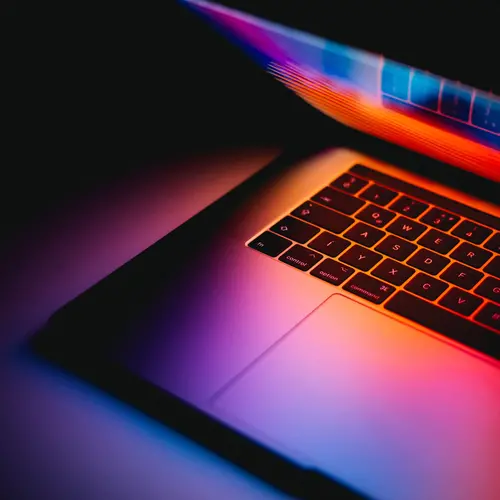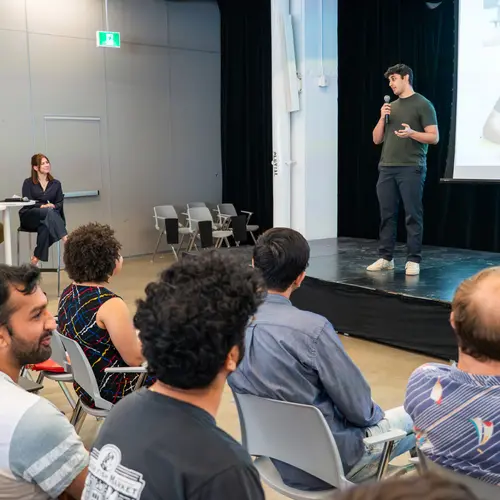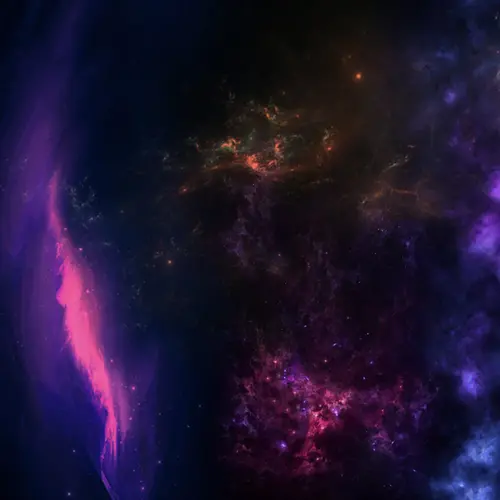
Mots-clés populaires:

Membre affilié
Chercheur scientifique, Apple MLR
Sujets de recherche
Apprentissage de représentations
Apprentissage en ligne
Apprentissage par renforcement
Apprentissage profond
Causalité
Modèles génératifs
Modèles probabilistes
Raisonnement
Théorie de l'information



